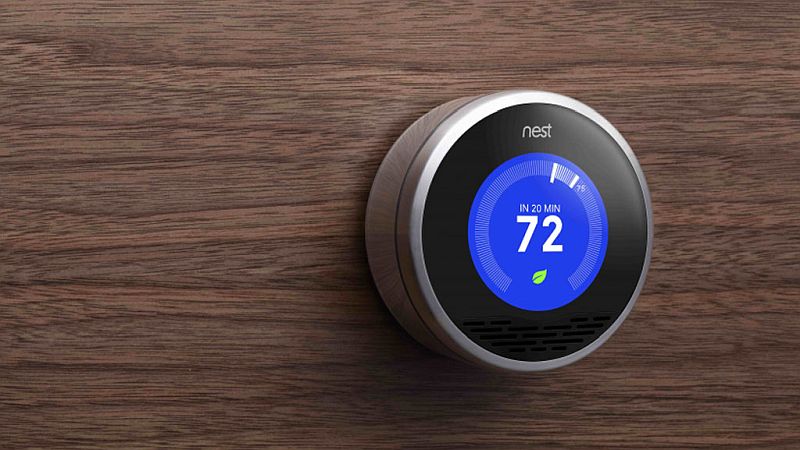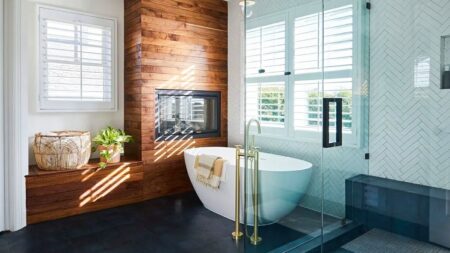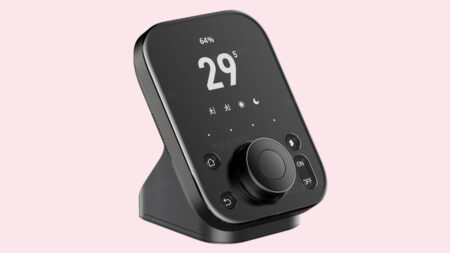A smart home is an entire network of intelligent devices that allows you to automate certain parts of your home, such as lighting, security, and TVs. Over the years, smart homes have become popular because of the many benefits they provide. These types of homes are energy-efficient, convenient, and safe. But how do homeowners create a smart home from scratch? That’s what we are trying to educate our readers within this article. This is a complete guide on how to plan a smart home from scratch and do it right.
Begin With a Budget to Avoid Overspending
Devices like smart assistants or speakers can be expensive. So, your first task is to set a budget to buy the correct devices for your home. Research the type of devices you want to add to your home, and then create a spreadsheet to maintain your budgeting. Add the cost of the items to your spreadsheet so you can either save up for them or plan to buy each item every month.
A good approach is to weigh your choices or if you can, test one or two less expensive smart devices before spending money on the more pricey options. Testing a device or two beforehand will help you get a feel of what the device in the category is capable of and whether you should require it. When satisfied, you can invest in your expensive choice.
Smart Home Warranties, Security and Safety
When you have brought home the smart device(s), you need to consider its security and safety. Set up smart security cameras so you can monitor your home through your mobile device and alert authorities in case of an emergency. Use strong passwords and two-factor authentications for your internet connections and set up alerts to prevent security breaches. More importantly, you should cover the devices with say the best home warranty for HVAC systems or other extended warranty plans for your expensive devices to protect them against accidents, breakage, loss, or theft.
Plan What You Want Your Smart House to do
Some people have a fully automated home where they can set timers to automatically open the garage door, adjust the thermostat, or turn on a coffee maker. Others may simply have a smart speaker to play music over voice commands. Decide what you want your smart home to do for you. For example, if you travel often, you may want lights to turn on automatically when you’re away to prevent robberies. Or you may want to add smart smoke and carbon monoxide detectors to your home for safety.
Build the smart home setup around your needs and ensure that you have full control over your devices. This is facilitated further with a few devices that come feature compatible apps so you can control them from your phone. So, you can switch your devices on or off even when you’re not at home using the smartphone.
Connecting Your Smart Devices
Your smart system won’t work if you’re not connected to the internet. For all your gadgets to work correctly without interruption, you’ll need a strong Wi-Fi connection and a quality router. Connecting over the internet can be risky: to mitigate the risks of cyber attacks and to protect smart devices, it is recommended to use strong passwords, or encryption if available. Moreover, you must only connect your smart home devices to a trusted network.
Also Read: 10+ Smart Home Devices Launched in 2023
Choosing Smart Gadgets to Install in Your Home
Smart Lighting

Smart lights can be controlled easily with a smartphone from anywhere or you can schedule them to turn on and off at specific times. You can also dim your lights or change their color with a tap of a button or using voice control. Smart lighting systems can often be paired with other smart devices, enabling users to create more complex automation routines for home.
Smart Assistance or Speakers

If you don’t feel like tapping on your mobile device to turn on certain appliances in your home, then voice control will be a good option for you. Install a smart speaker so you can control aspects of your home using voice commands.
Smart Thermostat

A smart thermostat is a Wi-Fi-enabled device that automatically adjusts heating and cooling equipment in your home for optimal performance. Users can also set schedules for energy efficiency. Furthermore, these smart devices can integrate with home automation systems like Apple HomeKit, Samsung SmartThings, etc.
Smart Home Security Devices

Nowadays, you can find several smart home security devices such as cameras, door locks, sensors, and alarms on the market. These devices let you remotely monitor your home and can even send instant alerts.
Smart Hubs

If you have just one or two devices, you can then simply control them with a smartphone. However, if you’re creating a fully automated home, then you’ll need to buy a smart hub that will serve as the central control station. With a smart home hub, you can interconnect multiple gadgets on a single device, which means you don’t have to switch between various apps on your phone. Think of a hub as the brain or central part of your smart system. It allows all your devices to work together seamlessly. Some efficient smart hubs you can choose from are Amazon Echo Plus, Samsung SmartThings Hub, and the Google Nest Hub.
Final Thoughts
A smart home is convenient because it automates important tasks like switching off lights, closing curtains, and switching on coffee makers, so you don’t have to do that manually. Use this post as a guide to help you set up a smart home so you can relax or spend time on other important tasks.
Follow Homecrux on Google News!




